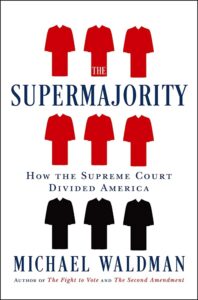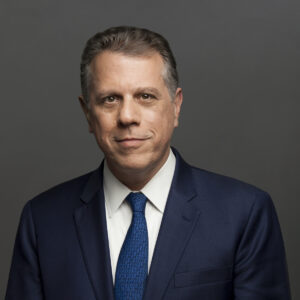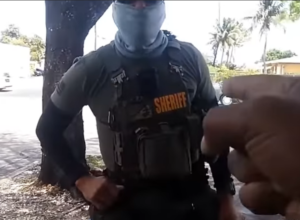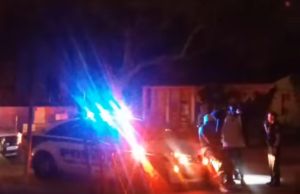Podcast: Play in new window | Download
The SuperMajority : How the Supreme Court Divided America,
In late June 2022, a package of Supreme Court decisions drastically altered the nation’s legal landscape and divided the nation. It took just three days to roll back some of the most consequential gains for civil rights, voting, the separation of church and state, a woman’s right to choose, and more.
In his new book The SuperMajority : How the Supreme Court Divided America, Michael Waldman offers an in-depth analysis of the 2022 key rulings and the radical ways in which they were crafted. He provides historical context for how the Supreme Court has amassed power far beyond what the Framers intended, and how the current supermajority ascended to the high court. Waldman also points to previous Courts (on both the right and the left) that overreached and describes their consequences for the country. Significantly, he writes that the seizure of so much power by a few members of the Court, and their energetic wielding of it, poses a crisis for U.S. democracy.
A backlash against the Court is underway. Rather than seeking a supermajority of their own, Waldman writes that, “Liberals must fall out of love with the Supreme Court.” He recommends reform measures to curb the Court’s power while applying other pressure points – such as in the court of public opinion.
Guest – Michael Waldman is the president and CEO of the Brennan Center for Justice at NYU Law School, a nonpartisan law and policy institute. An expert on the Constitution and the courts, Waldman served on President Joe Biden’s commission on the Supreme Court. He is the author of The Fight to Vote and The Second Amendment: A Biography. Waldman was director of speechwriting during the Clinton administration. Sign up for newsletter – Briefing
—-
First Amendment Auditor: Big Nick South Florida Accountability
Most of the populace, some police officers and federal employees may not realize that its every photographers right to take photos and video of federal buildings on public property. The easing of restrictions began when the New York Civil Liberties Union had looked into several cases of people who were wrongly harassed, detained and arrested by federal agents while photographing or shooting video of federal buildings from public plazas and sidewalks.
In 2010, the NYCLU brought a suit against the US Department of Homeland Security in federal court to end this practice. In October of 2010, a judge actually signed a settlement where the US government agreed that no federal statures or regulations bar people from photographing the exterior of federal buildings.
The US government agreed to issue a directive to members of the Federal Protective Service on photographer’s rights. A decade later, the rights attained in this decision are recently being put to the test in what’s known as First Amendment audits.
Guest – Nick Freeman – First Amendment Auditor with millions in view counts joins us to talk about his work in Fort Lauderdale being part of a long emerging trend to educate local law enforcement about the right to photography and subsequent issues such as police accountability.
——————————————-




